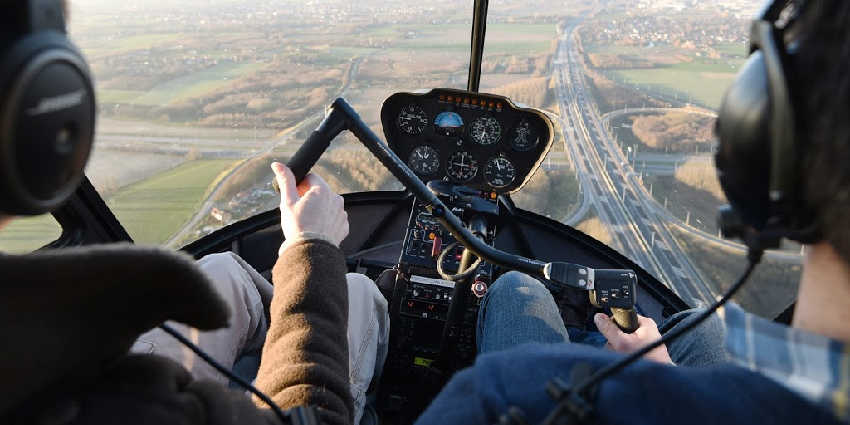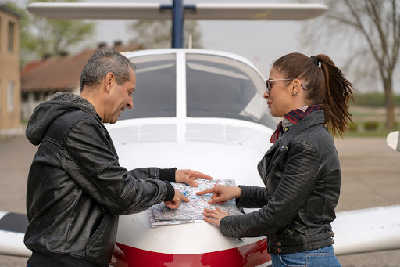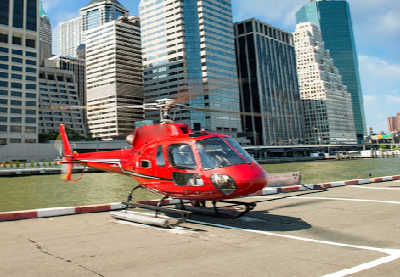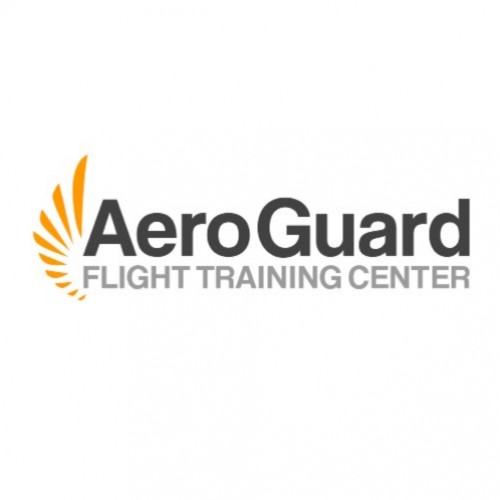
Certified Flight Instructor Training Available in Houston, TX
Certified Flight Instructors from Houston, TX, find your next job through Aviation Schools Online. Many of the top flight schools in the country use our site to connect with CFIs just like you. Whether you're looking for CFI, MEI, or CFII employment, we're here to match you with the best flight instructor or best flight instructor job available in Houston, TX.
Learning to fly in Houston, TX should be economical and fun, Wouldn't it be easier to enjoy your training knowing that you will accomplish your goals in the least amount of time and expense? Imagine being a private pilot in as little as 60 days! Not everyone can dedicate the time to commit to this type of training, and I have developed training programs for the budget minded flight school student.

Certified Flight Instructor Courses in Houston, TX
The Certified Flight Instructor path is one way for pilots to gain flight time while refining their skills. Instructors will also be able to gain flight hours and experience in order to move on to other opportunities.
To obtain a Flight Instructor Certificate inHouston, TX, the student-pilot must be at least 18 years or older, hold a commercial or ATP certificate, hold a third-class medical certificate, and pass the FAA written, along with the Check ride.
The student will receive 15 hours of flight training in the right seat to become comfortable and to be able to perform and demonstrate all maneuvers pertaining to flight training. The student will also receive 20 hours of ground training.
Ground instruction includes fundamentals of instructing, technical support areas, pre-flight preparation, a pre-flight lesson on a maneuver to be performed in flight, aerodynamics and the principals of flight, aircraft systems, meteorology and weather data services, airspace, air traffic control, radio communications, Federal Aviation Regulations, aeromedical factors, aeronautical charts, and associated publications, aircraft performance and limitations, basic and radio navigation, night flying procedures, flight planning, flight maneuvers, and ground operations.
CFI Practical Exam in Houston, TX
Your initial CFI Practical exam is widely recognized as not only the most difficult of all check rides; but also the most important. ‘Checkride” is a term those in the industry use when talking about the FAA Practical Exam. Passing the Certified Flight Instructor ‘Checkride’, or CFI Practical Exam is the moment where you are finally going to set yourself apart from a ‘student’ role, to a marketable role as a Flight Instructor.
This important milestone is what will allow you to start your career. It is well known that here, in the U.S., your first job as a professional pilot will most likely be as a flight instructor inHouston, TX. First, we will discuss what it takes to become a Helicopter Instructor Pilot; then we are going to go inside a CFI Practical Exam.
Becoming a Certified Flight Instructor in Houston, TX
Where to start, and what it takes to get there? Anyone who has never flown before will start out as a Student Pilot working towards becoming a Private Pilot Certificate holder. You will need to find a Flight School to begin your training. There are several options out there, and choosing the right one for you is a discussion for another time.
Once you complete your Private Pilot Training and you are ready, you will take a Private Pilot Practical Exam. Practical Exams are the same in regards to how the exam is conducted.
Great! You’re Now a Private Pilot…..What’s Next?
Once you become a Private Pilot Certificate holder, your flight training can go one of three ways. One, you can stop training and remain a Private Pilot. Several people in the General Aviation sector take this route. These are likely the people who are fortunate enough to own their own aircraft and all they want is to be able to legally fly.
They have no ambitions of flying for a living and are content simply being a ‘pilot’. However, most of us are doing this because this is what we want to do for a living. This brings us to the other two options in our flight training career. The most common step is to begin your instrument training.
This is where things get ‘serious’. In order to be a Private Pilot Certificate holder with an Instrument Rating, you are going to dedicate yourself to in-depth ground training, simulator training and flight training with a view limiting device.
At this point in your flight training, you are going to learn how to safely fly the aircraft with no outside references by solely relying on your instruments inside the cockpit. This stage of training is what I like to call, the make or break stage. If you complete this invaluable training, you can walk proud because everyone in aviation will know that you are serious about becoming a career pilot.
Aviation Training History and Facts for Houston, TX
Helicopter Training Facts: If you have made the decision to become a commercial helicopter pilot, you must first find a flight school where you can take lessons in piloting a helicopter. Flight schools can be found through local airports, online and in the telephone book.
Aviation Factoids and Figures and Fun for Houston, TX
Whenever an aircraft changes its attitude in flight, it must turn about one or more of three axes. Figure 2-10 shows the three axes, which are imaginary lines passing through the center of the aircraft. The axes of an aircraft can be considered as imaginary axles around which the aircraft turns like a wheel. At the center, where all three axes intersect, each is perpendicular to the other two. The axis that extends lengthwise through the fuselage from the nose to the tail is called the longitudinal axis. The axis that extends crosswise from wing tip to wing tip is the lateral, or pitch, axis. The axis that passes through the center, from top to bottom, is called the vertical, or yaw, axis. Roll, pitch, and yaw are controlled by three control surfaces. Roll is produced by the ailerons, which are located at the trailing edges of the wings. Pitch is affected by the elevators, the rear portion of the horizontal tail assembly. Yaw is controlled by the rudder, the rear portion of the vertical tail assembly.



